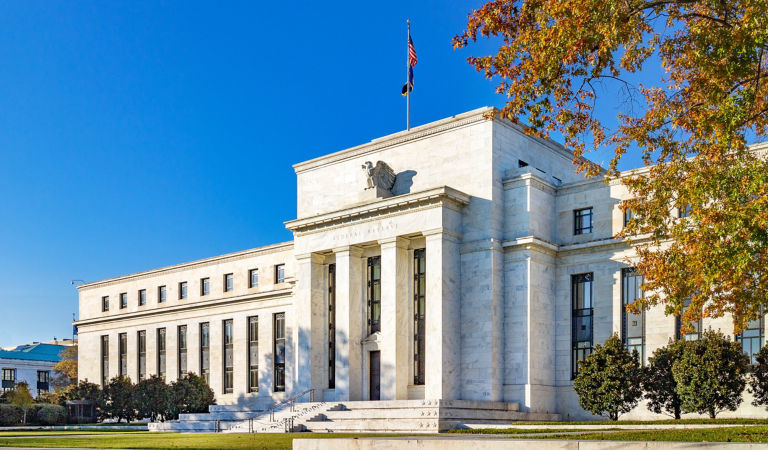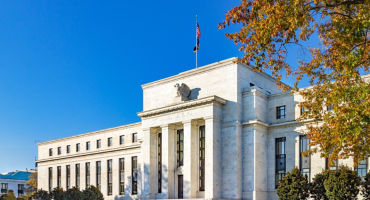The Fed pauses its rate-cutting campaign
After cutting policy rates at each of its three prior meetings, the Federal Open Market Committee (FOMC) elected to hold steady at its January meeting. The US Federal Reserve (Fed) updated its statement by tweaking the language to acknowledge the stabilization in the unemployment rate and removing the language about making progress toward its inflation objective. Taken together, the statement suggests to me that the FOMC will be on hold for a while.
Economic data has firmed in recent months, financial conditions have eased, and some upside risks to inflation still loom. Still, market participants anticipate a resumption of interest-rate cuts later this year based on futures pricing. In his post-meeting press conference, Fed Chair Jerome Powell did little to throw water on the hope for future cuts, characterizing risks as balanced but indicating the Fed is “not in a hurry to adjust our policy stance.”
Economic data does not justify further policy accommodation
The labor market has shown signs of rebounding, with bigger-than-expected payroll gains over the last two months, persistently low jobless claims, and a decline in the unemployment rate to 4.1%, which lies just below the range provided in the Fed’s most recent longer-run projections. I still expect the unemployment rate to move higher over the coming quarters but recognize that the outlook for both labor supply and demand may change based on policy changes from the new administration.
Progress on inflation appears to have stalled, with the Fed’s preferred gauge — core personal consumption expenditures (PCE) — printing at 2.8% in December, well above the Fed’s 2% target. An improvement in productivity could help ease inflation, but more protectionist trade and immigration policies threaten to keep wage pressures elevated. For now, I believe it’s prudent for the Fed’s rate-hiking cycle to remain on hold until some of the labor market and inflation indicators show signs of rolling over.
Impact of President Trump’s executive orders has yet to play out
The Trump administration has started with a flurry of executive orders that don’t require congressional approval and whose impacts are still uncertain. Just this week, the Office of Management and Budget announced a pause of federal grants and loans. The directive, which led to some confusion as stakeholders struggled to interpret the impact, was temporarily blocked by a federal judge and later rescinded by Trump.
The administration also announced a “deferred resignation program” offering severance packages to two million federal workers who do not wish to comply with the full-time return to office mandate. I don’t expect a meaningful impact on the labor market from this program, but it may cause some volatility in payroll data over the next couple of months. Still, the range of outcomes from these and future orders is likely to be wide and further developments bear monitoring. I’m particularly keen to see whether government entities and nonprofits hoard cash given the level of uncertainty. For his part, Chair Powell expressed the need for the new administration’s tariff, immigration, fiscal, and regulatory policies to be articulated before the Fed could make a plausible assessment of their impact on monetary policy.
Market participants appear complacent about tariff implications
Inflation expectations have moved up materially since Trump gained in polling last September. These moves have not been confined to the US, as indicated by rising breakeven inflation rates priced across global bond markets. The most recent University of Michigan survey of inflation expectations over the next 5 – 10 years matched its post-global financial crisis high.
The challenge for the Fed will be to ensure inflation expectations don’t become entrenched. Realized inflation has exceeded the Fed’s target for nearly four years. At some point, consumers will view this higher inflation range as the new normal, failing to see a credible path to it coming down. I still see upside risks to inflation in the months ahead. I believe the Fed is attuned to these risks and I remain skeptical that it will deliver on market expectations or its own projections for additional interest-rate cuts this year.

























Monthly Market Review — October 2025
A monthly update on equity, fixed income, currency, and commodity markets.
By